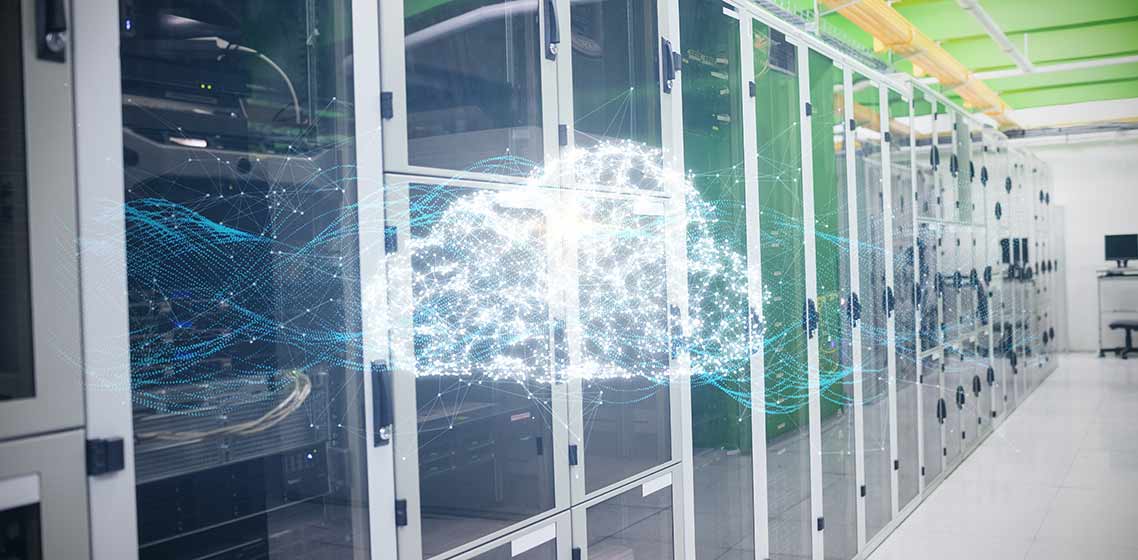Hosted virtual desktops are deployed as individual virtual machines on a centralized server and accessed via portable devices through the internet. They have gained wide acceptance for providing a user experience...
What is VMware VDI?
A virtual desktop infrastructure (VDI) is a networked environment where physical servers host-guest virtual machines (VMs) provisioned as desktops for remote users. A hypervisor like the VMware ESXi allows you to create...
To say that 2020 was a challenging year would be an understatement. The events that unfolded had a severe impact on all aspects of our lives, both personal and business-wise – forcing businesses to...
In a virtual desktop infrastructure (VDI), organizations deploy multiple virtual machines with their own desktop environments on a centralized server through a hypervisor. Employees can access these virtual machines remotely,...
Lightweight Directory Access Protocol (LDAP) and Active Directory (AD) are at the core of any company’s security. But what’s the difference between the two? LDAP is an open, vendor-agnostic, cross-platform protocol that works with multiple...
Windows Nano Server is a lightweight, 64-bit server OS that is deployed via containers. Released as an additional installation option in the Standard and Datacenter editions of Windows Server 2016, Nano Server is a...
Virtualization allows a single piece of computer hardware to be shared among several virtual machines (VMs). Aside from lowering equipment costs and generating extensive cost savings, virtualization eases resource and IT management, improves business...
Remote working involves employees performing their work from another location, instead of the typical corporate office. Remote work became more popular in the wake of the COVID-19 pandemic, as organizations look for alternative...








